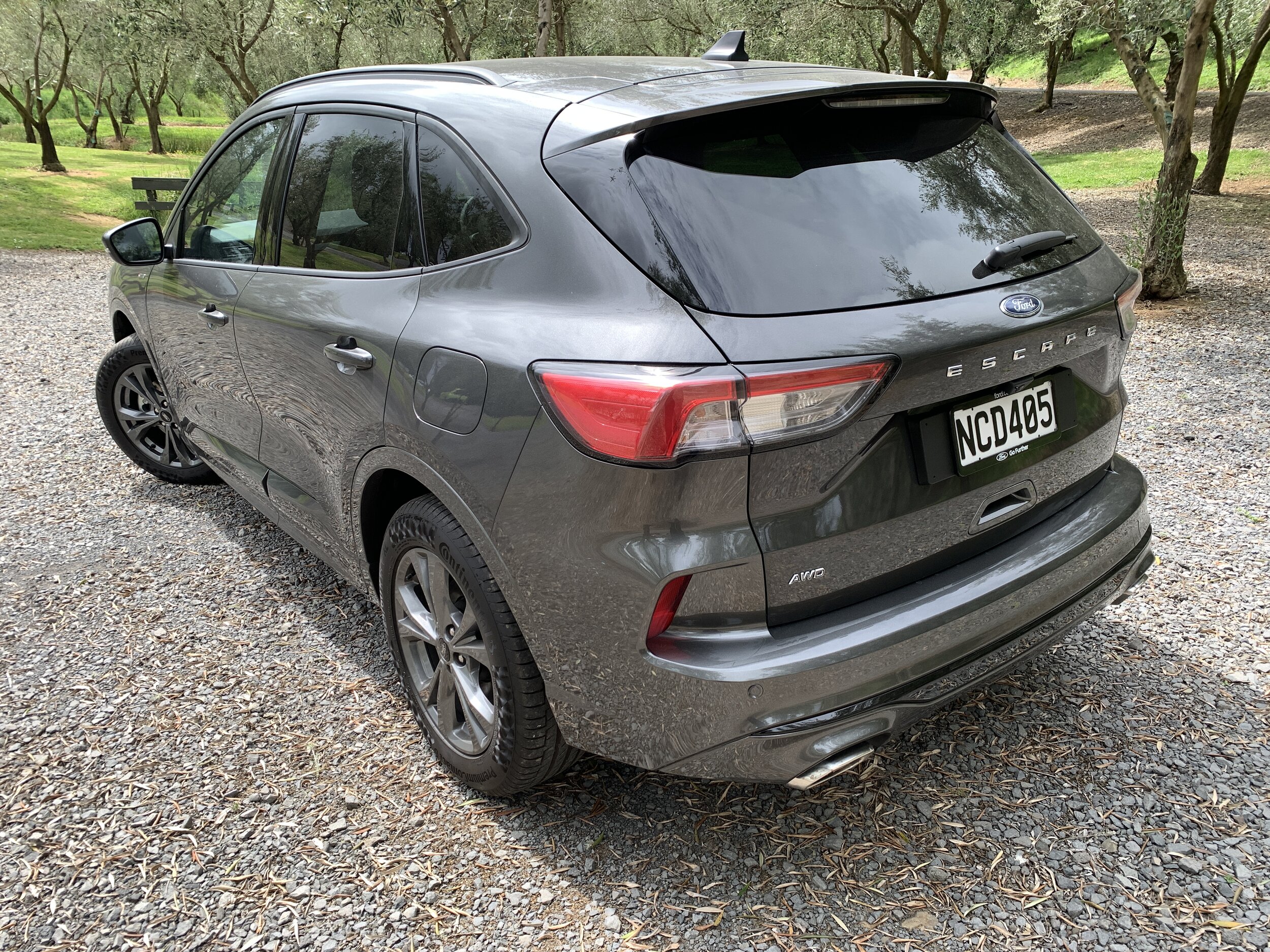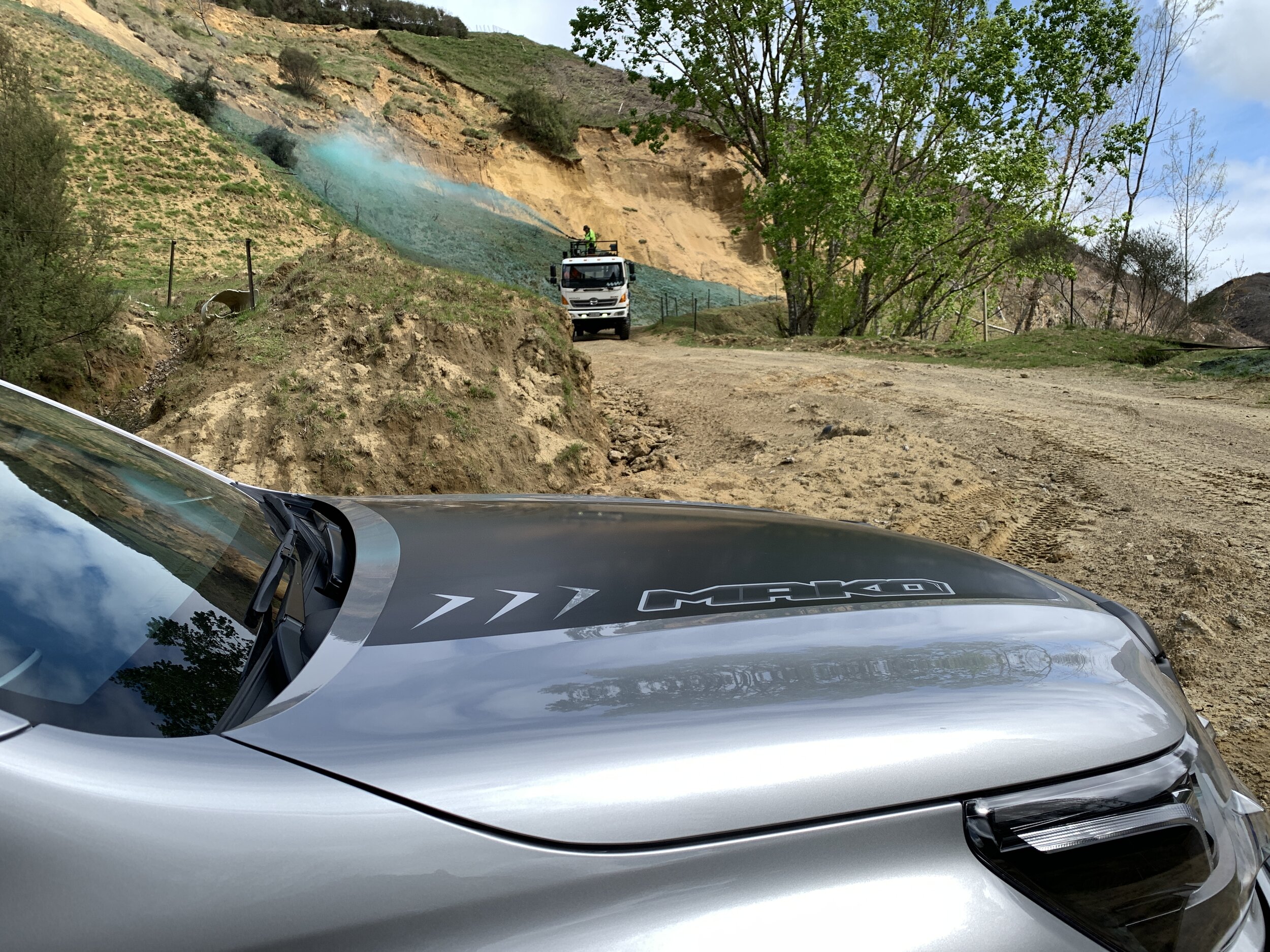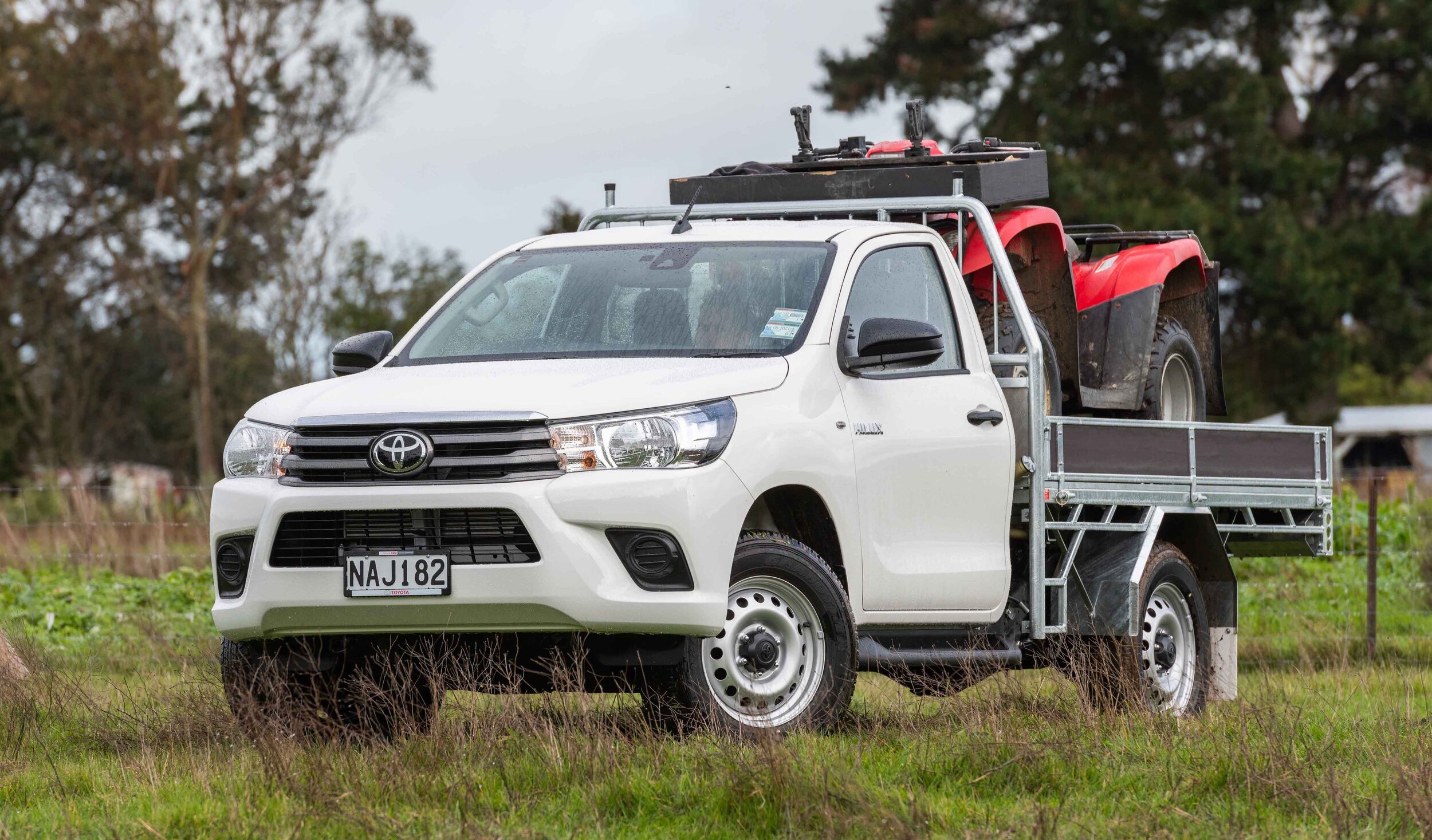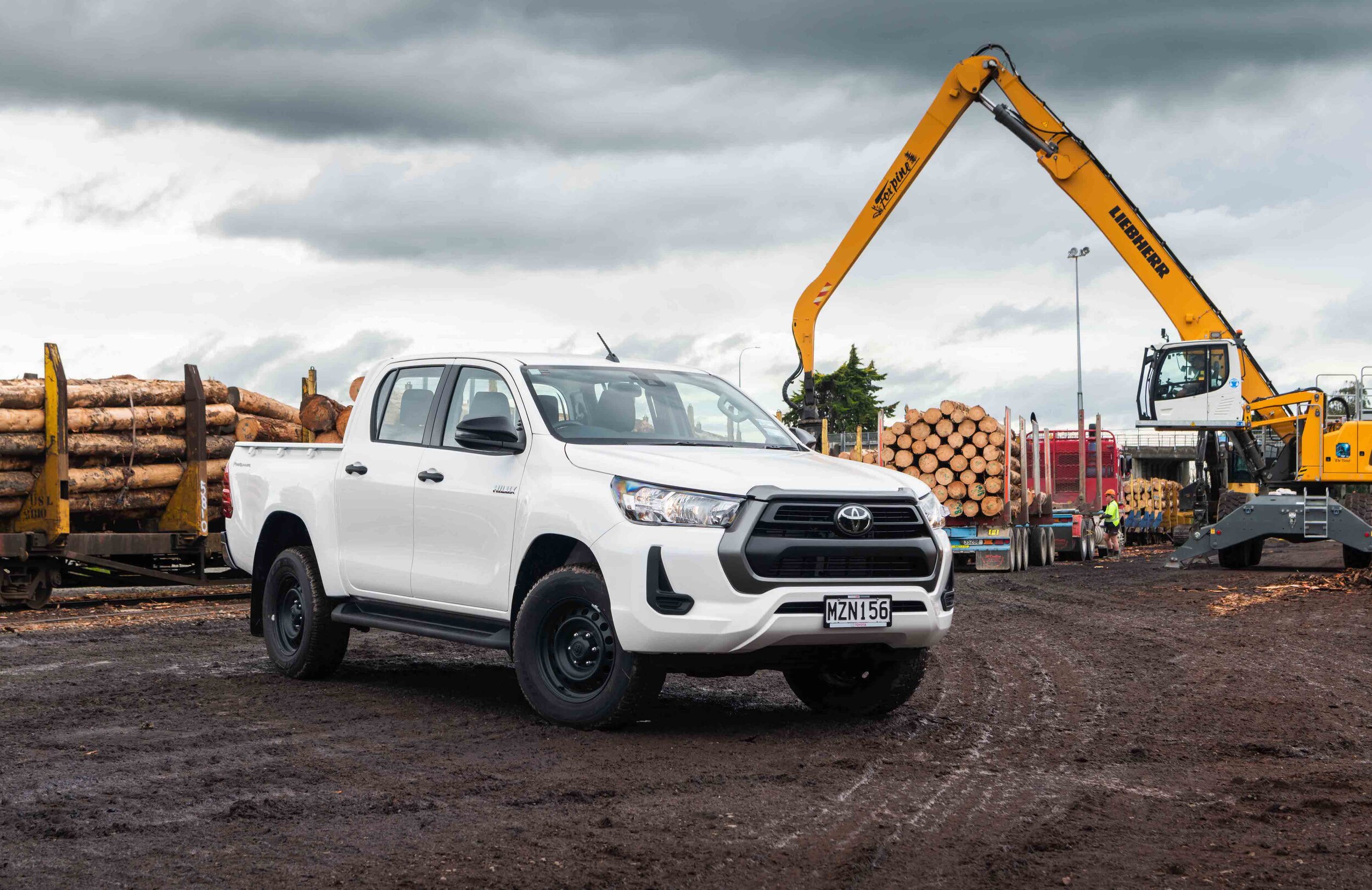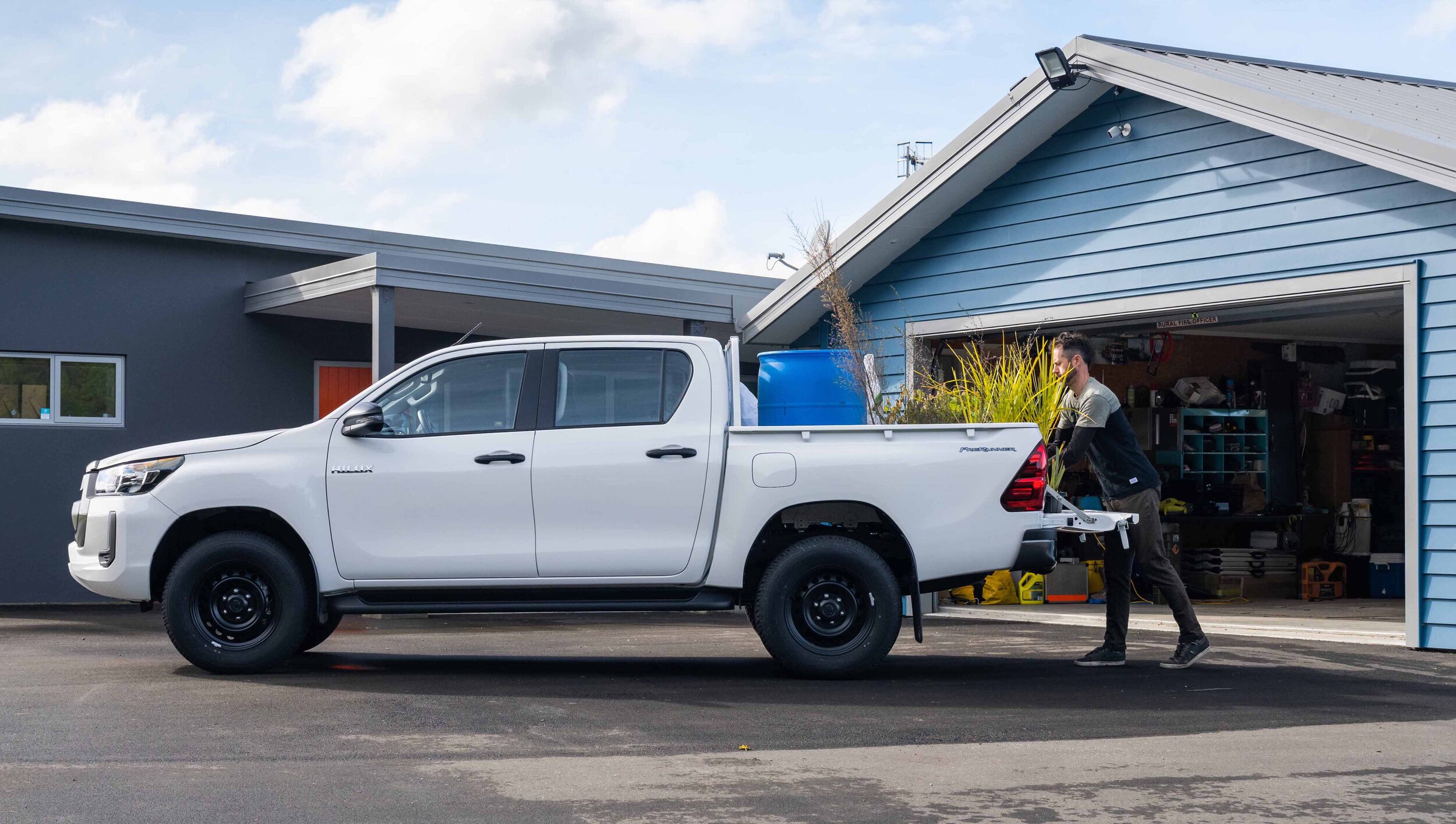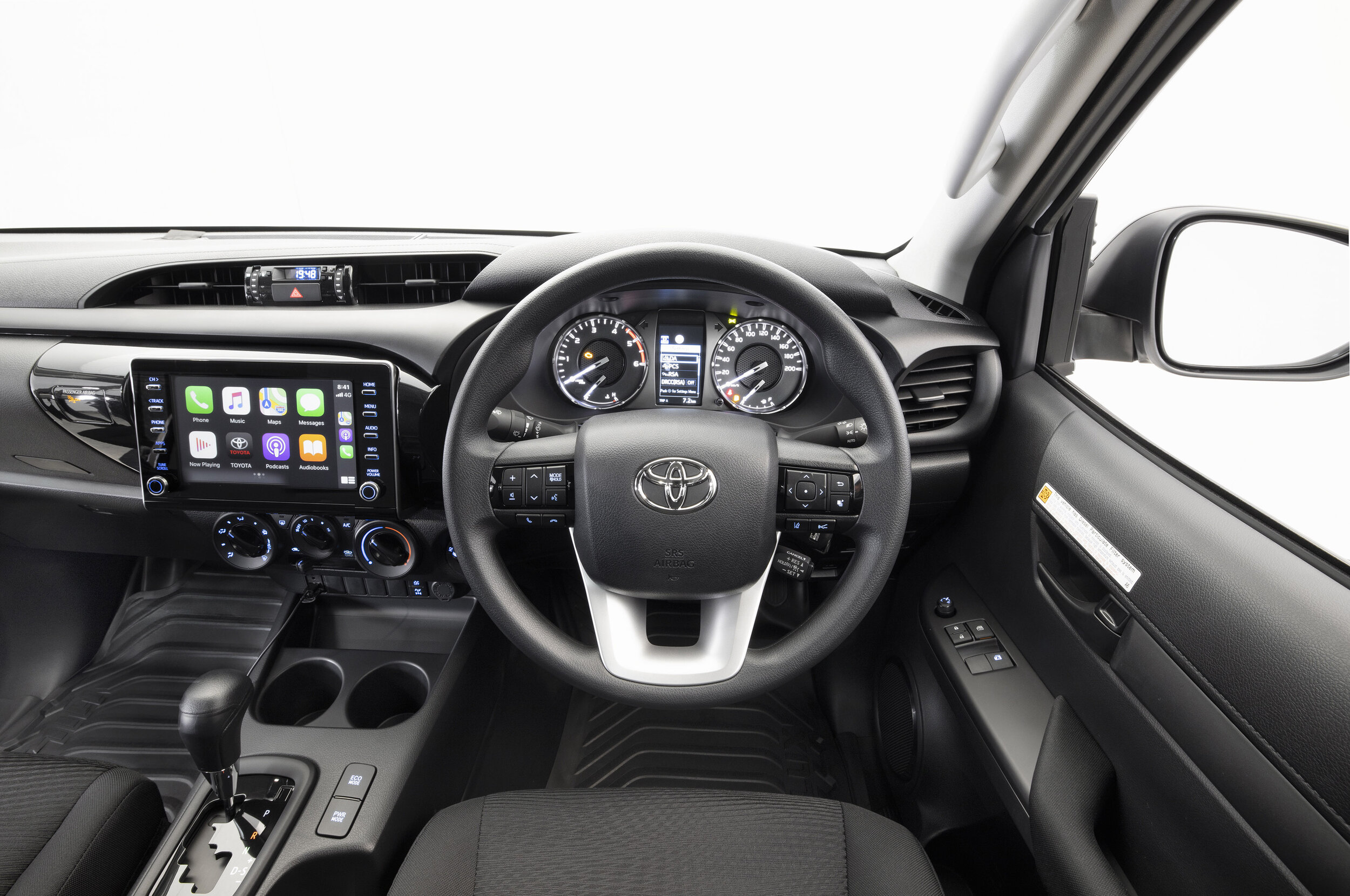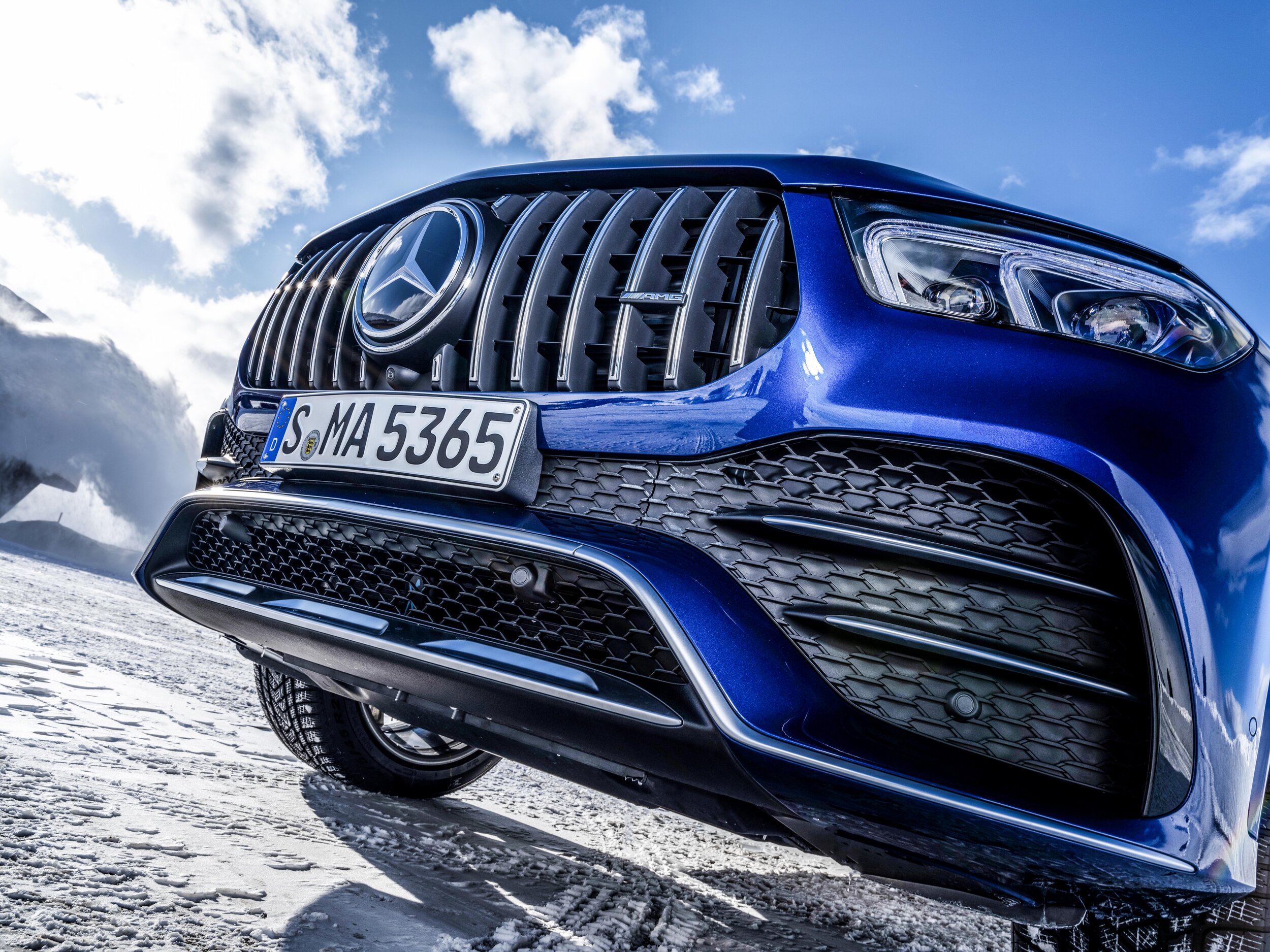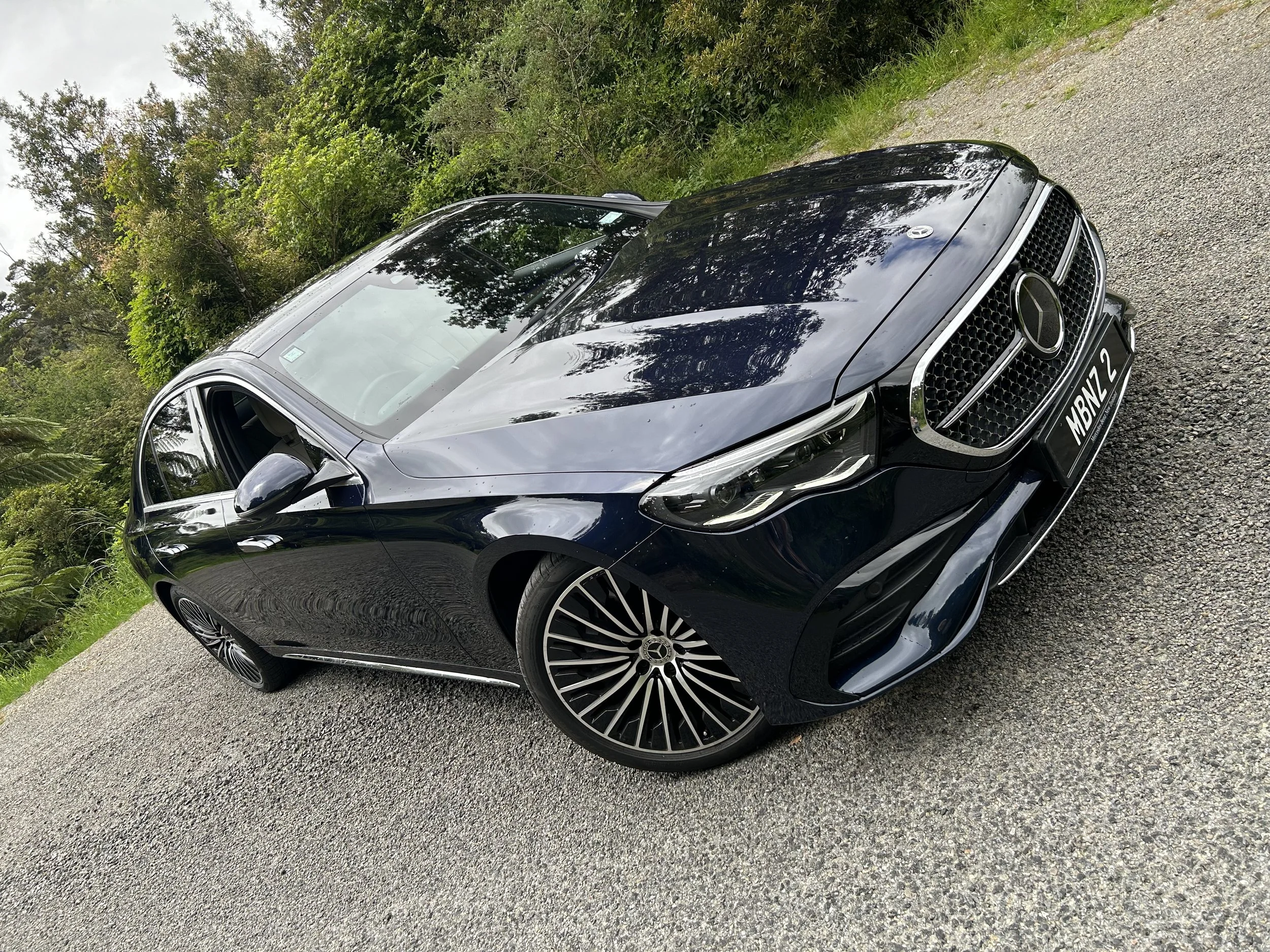The other factor that should restrict the playfulness is the model’s size, it’s not overall a leviathan, but it did feel wide on the road I sampled. Realistically, you’ll be most aware of any bulk when parking. Over-shoulder visibility is limited and though the reversing cameras are quite good, the roof-mounted ClearSight rear-view camera that displays an unobstructed view onto the rear-view mirror will be a key asset.
Land Rover has created five specification grades, all coming here: The starter called simply Defender, the top edition is the X and in between are S, SE and HSE trims. As a bonus we also achieved the First Edition, nicely placed and well-provisioned at $125,900, that’s around for just the first year of sale, this delivering here with the SD4 240 diesel and in 110 body shape.
The entry point spec delivers the car on 18-inch steel wheels that purist will call cool, LED headlights, air suspension, a 10-inch infotainment display, all of the off-road hardware including driver assistance systems and a walk-through style cabin up front.
The First Edition will capture interest because it loads in the Terrain Response 2 and configurable terrain response, but if you want full plush and all the smarts and can swallow the $39,000-plus premium then the X will likely be the one.
It has all the luxury trimmings, top-notch Windsor leather included, a head-up display and panoramic roof, while the off-road capabilities are enhanced with more configurability, an electronic active differential and adaptive dynamics.
By the way, the indicated RRPs are just starters for discussion, because there are four options packs – Explore, Adventure, Country and Urban – that each tailor the car’s look and capability in different ways, for a cost of course: think around $10k for any one.
So, yes, go nuts and you can turn it into a hugely expensive car. But, hey, it’s been years since this variant has ever been properly cheap. Plus, there’s talk from the UK media the ‘other Defender’, Grenadier, won’t be any less expensive. Still, it’s possible to buy any version of the Discovery ($115,900 to $139,900) for a lot less than a high-end Defender.
Still, that won’t inhibit interest. The car is already off to a banging start, with all but 15 of the initial shipment of 115 cars sold even before it has reached the showroom and interest so high that LRNZ has already asked for 100 more units than they had forecast to shift for the remainder of this year.
Land Rover will be happy to oblige. One happy state of affairs that what is being called the most important car they’ve had in years is sourcing from a brand-new and bespoke factory in Slovakia, which was less affected by Covid-19 and is back to full production, whereas the JLR plants in the United Kingdom are still a bit constrained.













